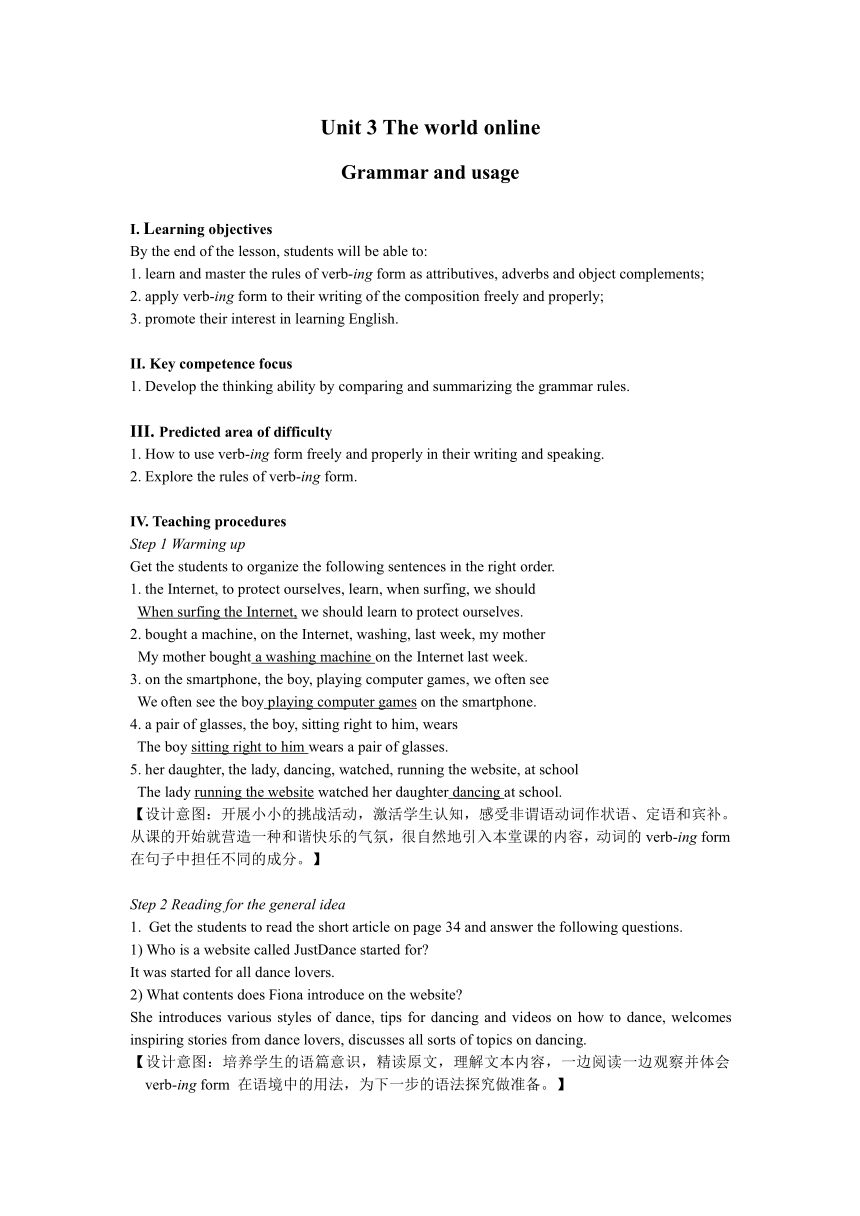<label id="clwkn"><form id="clwkn"><abbr id="clwkn"></abbr></form></label>
| | <menu id="clwkn"><dl id="clwkn"></dl></menu>
<center id="clwkn"></center> | <ul id="clwkn"></ul> |
| |
|
|
|
|
|
 資源預(yù)覽
資源預(yù)覽

 資源預(yù)覽
資源預(yù)覽
